 by Arthur Murray
by Arthur Murray
Teaching about potential and kinetic energy is always exciting, whether your students are in kindergarten or college. There is so much to explore, and the world is full of examples of these types of energy in action. Any time that you’re chewing gum, typing on your computer, or launching a rubber band into the air… you are demonstrating potential and kinetic energy in all its glory.
POTENTIAL AND KINETIC ENERGY EXPLAINED

Overview
The law of conservation of energy is one of the basic laws of physics which governs the microscopic motion of individual atoms in a chemical reaction. The law of conservation energy states:
- In a closed system, i.e., a system that isolated from its surroundings, the total energy of the system is conserved.
To put it more simply, energy can neither be created nor destroyed. However, energy can be altered from one form to another.
All forms of energy are either potential or kinetic energy. Potential refers to stored energy while kinetic is energy in motion.
All energy, whether potential or kinetic, is measured in a unit called a Joule (J). It is named after the English physicist James Prescott Joule (1818–1889).

Potential Energy
Potential energy is defined as the energy stored by a body by virtue of its position relative to others, stresses within itself, electric charge, and other factors.
When you (or a rock) are standing at the top of a hill, you possess more potential energy than when standing at the bottom. This is because your position relative to the Earth’s center of gravity can exert potential energy upon you to bring you closer to that center.

Types of Potential Energy
Every animate and inanimate object is the result of chemical reactions. Chemicals in a battery have the potential to be converted into motion, therefore they have chemical potential energy. If you’re looking for a good chemical reaction demo for your classroom, check out Educational Innovation’s Instant Light Powder.
ELASTIC
Elastic potential energy is present when the object, such as a spring, is in a deformed state but can return to a static state. This means the spring has elastic potential energy when it is either stretched or compressed. Educational Innovation’s best-selling Dropper Poppers are an excellent example of elastic potential energy.
NUCLEAR
The mass of an atom’s nucleus is almost entirely comprised of its protons and neutrons. The force binding them together is considered potential energy because it causes them to weigh less than the sum of their parts.
GRAVITATIONAL
An object’s relative location to a gravitational field is the gravitational potential an object has to do work. Earth’s gravity will pull a ripe apple from the branch and convert it into gravitational kinetic energy. Take a look at this nifty little “toy” as an example:
Kinetic Energy
Kinetic Energy is defined as energy that a body possesses by virtue of being in motion.
As you walk down stairs, as water boils, and as the planets orbit the sun, kinetic energy is being utilized.

Types of Kinetic Energy
MECHANICAL
We already know kinetic energy is exerted when an object is in motion. When the gears are turning within an engine, they are exhibiting mechanical kinetic energy. An unusually compelling example of mechanical kinetic energy can be found in the Smashing Steel Sphere Demo Kit. Simply place a piece of paper between the two spheres, clink the spheres together and watch a small burn hole appear in the paper.
Electrical kinetic energy actually explains the transit of the electrical energy itself, electricity. For example, the electrical current that carries the charge from a battery to the light bulb is kinetic energy.
The Energy Ball is a great way to introduce your students to electrical kinetic energy. This is a fun way to demonstrate open and closed series circuits without any danger of electric shocks!
Thermal energy is the result of an object’s temperature being changed. Heat, or thermal energy, can be transferred by convection, conduction, and radiation. When water boils, thermal energy is transferred by conduction as molecules vibrate.
Educational Innovations’ website is filled with unique thermal energy demonstration materials, ranging from Nitinol Springs (click here for an Instagram video) to the remarkable Chemical Heat Pack.
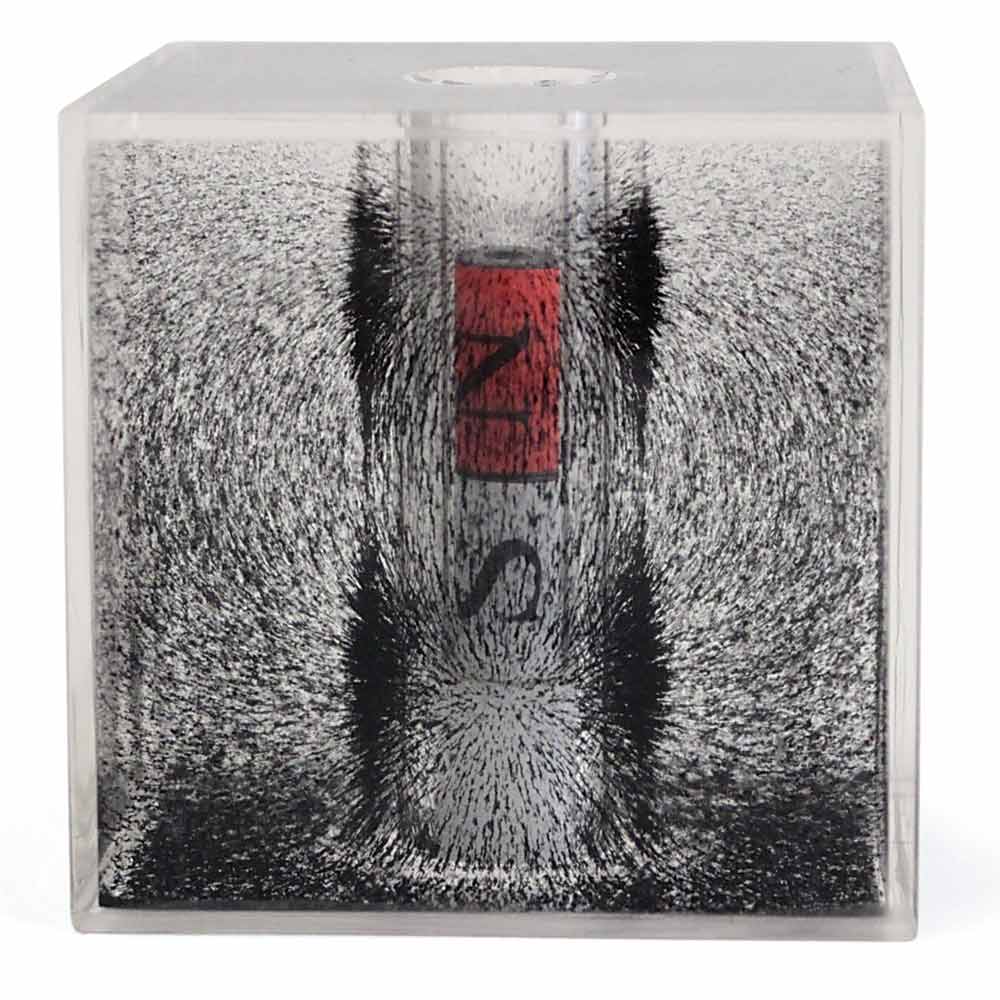
MAGNETIC
Magnetic fields are the effect of electric currents and magnetic materials specified by the direction and strength of attraction or repulsion. The Earth’s magnetic field is how your compass can determine North from South. Educational Innovations has a compelling classroom demonstration, the Magnetic Field Cube that shows magnetic field lines in 3D.
Kinetic And Potential Energy Working Together
All forms of kinetic energy are the result of a previous state of potential energy. For example, the stored chemical potential energy of a battery converts to electrical kinetic energy to transport electricity to a light bulb, which radiates thermal kinetic energy.
Online Resources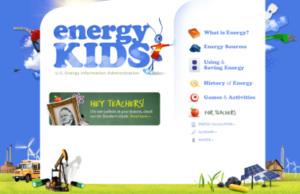
Energy Kids from the US Energy Information Administration is a wonderful website with lessons, games, calculators and more. There’s even a timeline with the history of energy!
This online tutorial from the University of Wisconsin is a good, brief primer for older students.
Khan Academy’s Work and Energy lessons are also worth a look.
Hands-On Energy Demos
If you’re looking for more hands-on demonstrations related to all kinds of energy, consider our Watch It Go! Energy Conversion Bundle—it contains all sorts of best-selling kinetic energy conversion materials that students love.
Arthur Murray is a science writer for SaveOnEnergy.com.


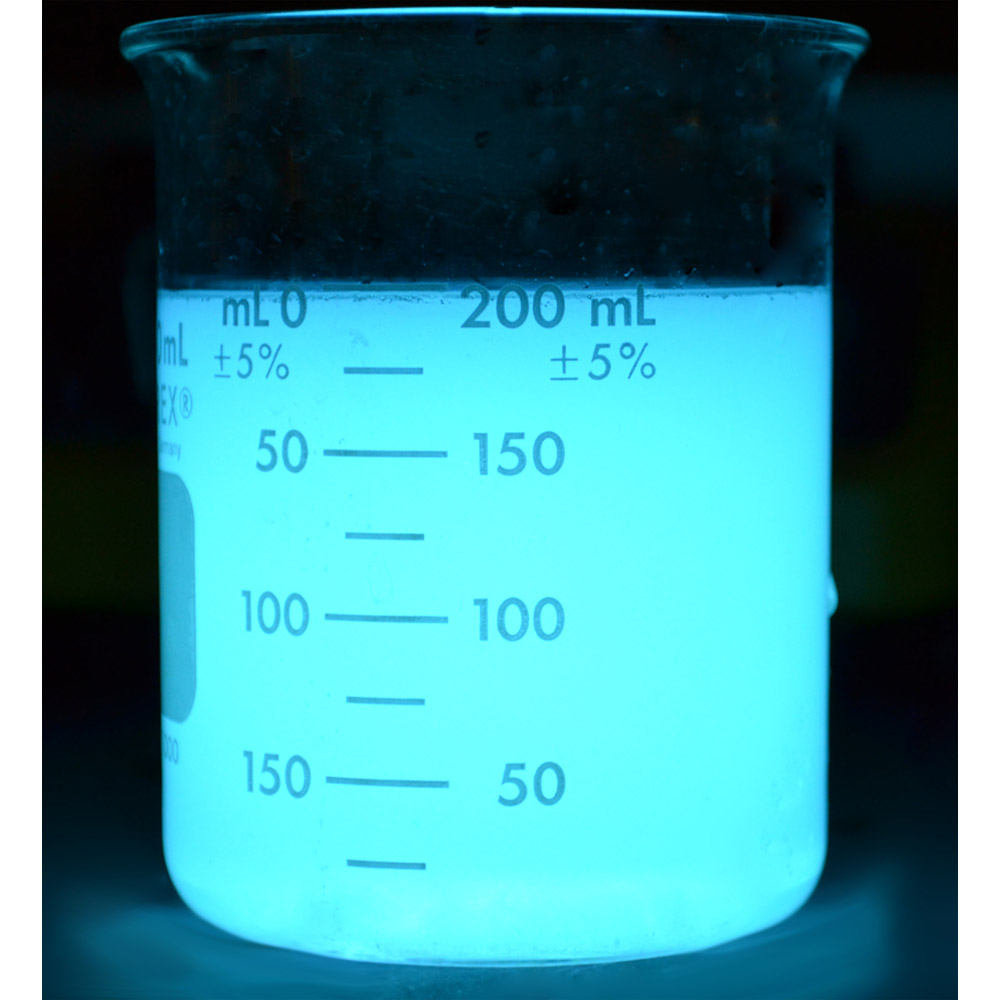
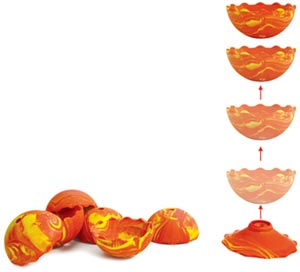
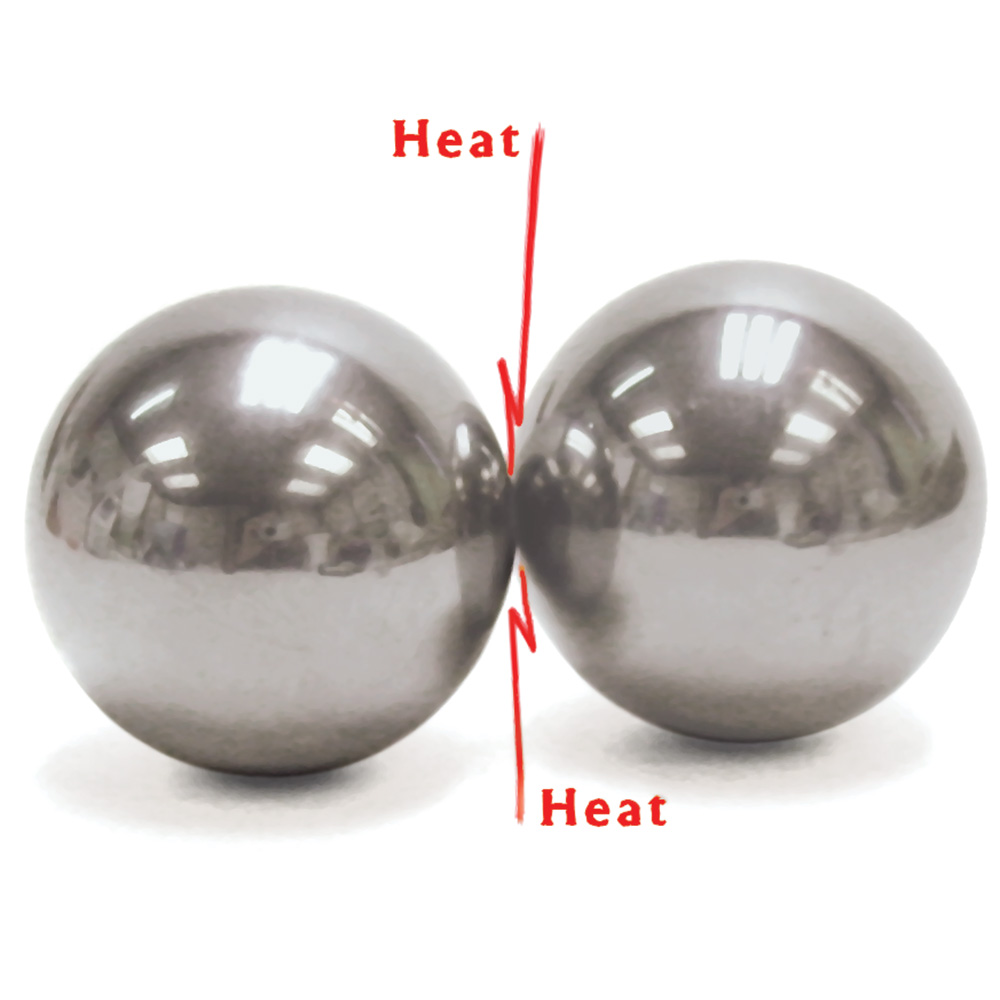
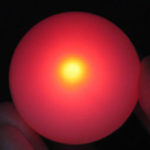


I love these ideas